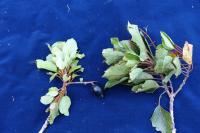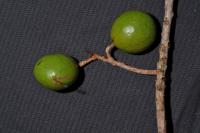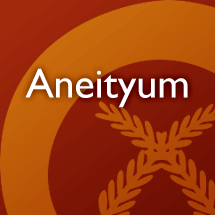Your search for * in family Proteaceae has returned 3 entries
incejev ataheñ

nikam
![1a. This plant is a "message plant." If a person goes to another village with a leaf of this species in their hand, then people know that someone is coming, and this is reflected in the local name. 1b. Message plant – if you pop by someone’s house and drop leaves there, people know someone has visited them. You can ask neighbors who came by. 2. The fruit is a source of a nut that children love to eat raw. 3. It is known in Bislama as "false mango" [kiyaman mango].](/media/aneityum/pix/GMP_3481_MJB_97-scaled.jpg)
n. tree, 8-10 m tall (collection: Gregory M. Plunkett #3481)
Example: 1a. This plant is a "message plant." If a person goes to another village with a leaf of this species in their hand, then people know that someone is coming, and this is reflected in the local name. 1b. Message plant – if you pop by someone’s house and drop leaves there, people know someone has visited them. You can ask neighbors who came by. 2. The fruit is a source of a nut that children love to eat raw. 3. It is known in Bislama as "false mango" [kiyaman mango].
bookmarknikam

n. large tree, 18 m tall (collection: Gregory M. Plunkett #4076)
Example: 1. The name means "I come". This plant is used to convey messages. When a branch of this plant is left at the house of a person it indicates someone had visited them and they were not there. 2. Children eat the nut of the ripe (yellow) fruits.
bookmark


